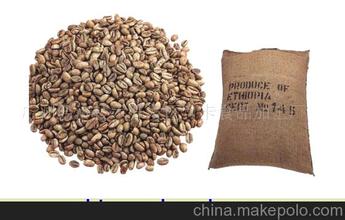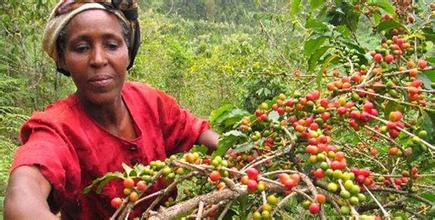Description of graded Flavor of Coffee from Papua New Guinea introduction of varieties produced by grinding scale
Description of graded Flavor of Coffee from Papua New Guinea introduction of varieties produced by grinding scale
However, it is almost inevitable that the surge in production leads to a decline in quality. Before 1991, the quality of coffee was good, and most of it belonged to open Y and so on. After 1991, the quality gradually declined, and with it the European market was lost. The extra price of coffee such as Y also gradually fell. This is related to the country's policy of "one grade, one price". This policy is not feasible for an industry as volatile as coffee. As a result, poor quality coffee beans damaged the image of high quality standards such as Y coffee, resulting in a backlog.
The government's response is to establish a new level of quality, temporarily suspend the production of coffee such as Y, and no longer implement the policy of "one grade, one price". This allows buyers to price according to quality, which is bound to have an impact on the income of farmers who produce shoddy coffee beans. By 1993, the quality problem had been basically solved. Most regular customers are buying coffee from Papua New Guinea again. Coffee such as Y is now sold at a slightly lower extra price, which indicates that its quality has improved.
New Guinea is a large mountainous island shared by Indonesia and Papua New Guinea. The island's alpine aborigines were not discovered by the Australian Mick Leahy until 1930. They retained a primitive civilization and became a paradise for anthropological studies.
What is particularly amazing is that the video taken by Mick when he first went to the mountain to meet the aborigines was preserved and later combined with interviews with the locals to produce a documentary about the contact between the Highland aborigines and modern civilization. The film is called first contact (first contact). After its release in 1983, the film shocked the world and won numerous awards. Images like this have never been seen before and have never been seen since, and they are really excellent. The follow-up story is also fascinating: Mick grew up in a tribe with Joe, the son of a local aboriginal, and later received a Western education in a white school, becoming a middleman across two cultures. He planted coffee in the highlands and made a fortune. His attempt to expand the coffee plantation was recorded and made into two documentaries with "first contact" and called the Highland Triple.

Important Notice :
前街咖啡 FrontStreet Coffee has moved to new addredd:
FrontStreet Coffee Address: 315,Donghua East Road,GuangZhou
Tel:020 38364473
- Prev

Introduction to the method of making milk foam made by milking machine after making coffee
Introduction to the method of making milk foam with a milking machine after making coffee. 1. The principle of flower drawing should be said separately. The principle that milk leaves a mark on coffee is that the gas-rich grease surface of high-quality coffee has enough surface tension to hold the same dense milk. And the principle of milk traces shaping is that experience and practice make perfect, and when rinsing milk cleverly.
- Next

Coffee Fruit structure Map Variety-which parts of Coffee Fruit
Coffee fruit structure map variety-which part of the coffee fruit the coffee fruit is very small, like a cherry. Ripe coffee fruit is red (special varieties are not discussed), also known as coffee cherries. There are three primary species of coffee: Arabica coffee (low yield, delicate, but high quality), Robusta (most productive, easy to raise, but not good quality), and Liberia (slowly
Related
- What brand of black coffee is the most authentic and delicious? what are the characteristics of the flavor of the authentic Rose Summer Black Coffee?
- Introduction to the principle and characteristics of the correct use of mocha pot A detailed course of mocha pot brewing coffee is described in five steps.
- Which is better, decaf or regular coffee? how is decaf made?
- How much is a bag of four cat coffee?
- How about four Cat Coffee or Nestle Coffee? why is it a cheap scam?
- Which is better, Yunnan four Cats Coffee or Nestle Coffee? How about cat coffee? is it a fake scam? why is it so cheap?
- How about Cat Coffee? what grade is a hoax? which instant coffee tastes better, four Cat Coffee, Nestle Coffee or G7 coffee?
- Process flow chart of coffee making-Starbucks coffee making process what coffee tastes good at Starbucks
- The top ten best coffee beans in the world Rose summer coffee or Tanzanian coffee tastes good
- Yunnan four cat coffee is good to drink?_four cat coffee is a big brand? four cat blue mountain coffee is fake?

